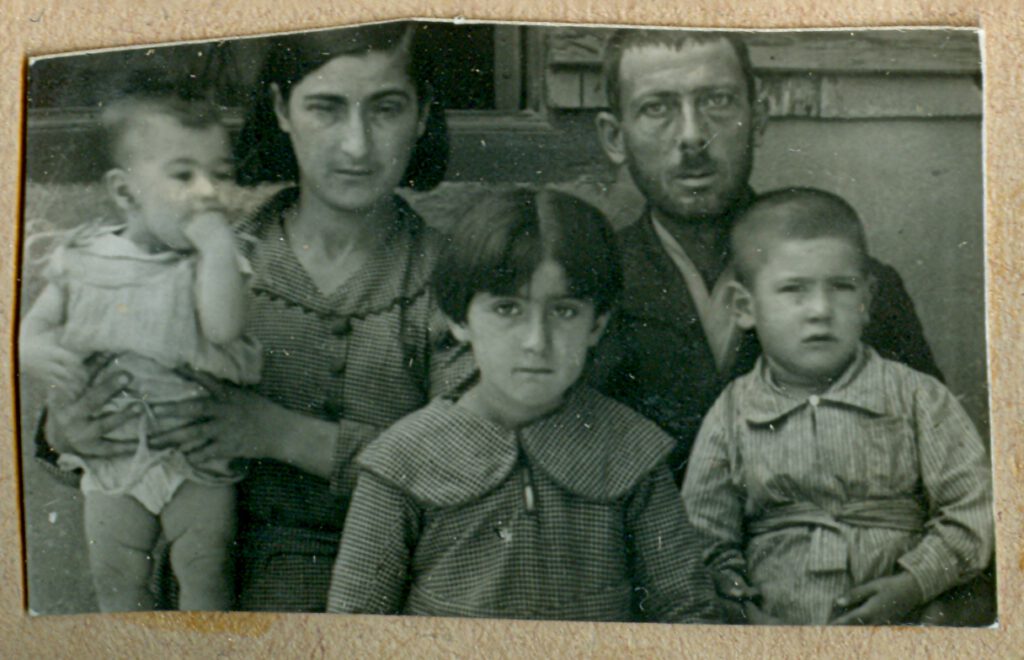On the morning of March 15, 1943, the residents of the Baron Hirsch neighbourhood in Thessaloniki, which was located by the railway station, were packed into livestock wagons, which were overloaded to twice their capacity. The cars were shut and sealed. The train departed for Poland with the first 2,800 deportees. After a tortuous, five-day journey, these Salonikan Jews reached Auschwitz-Birkenau concentration camp. Immediately, 2,191 of them were forced to the gas chambers, gassed to death, and their bodies burnt in the industrial crematoriums. The rest, 417 men and 192 women were led to the labour camp to suffer an industrial, mass murder.
After the departure of the first train, the residents of the adjacent Stasionika neighbourhood were forced to Baron Hirsch to be sent north under the same inhumane conditions as the first. From March through August 1943, nineteen train-loads of Jews left the city. The last two trains, in August 1943, transferred to Bergen-Belsen camp the Thessaloniki Jews who held Spanish passports, along with Jewish community administrators and Jews who had been used by, or cooperated with, the Germans.
Out of 48,533 Thessaloniki Jews sent to the camps, 37,386 were sent to the gas chambers immediately (77%). Most of the rest were killed through forced manual labour, exhaustion and starvation. Within a few weeks, the largest centre of Sephardic Judaism in the world ceased to exist.

